Do Not Go Where The Path May Lead, Go Instead Where There Is No Path And Leave A Trail. —Ralph Waldo

Do not go where the path may lead, go instead where there is no path and leave a trail. —Ralph Waldo Emerson
More Posts from Intergalacticnerd and Others

The Hunter heads West
photo by rivermusic, March 14, 2016
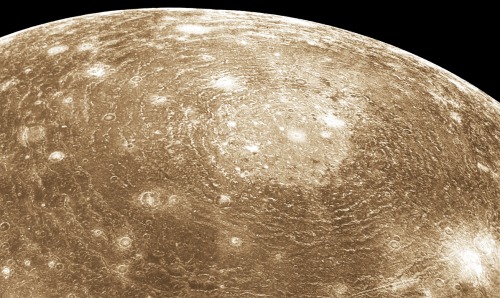
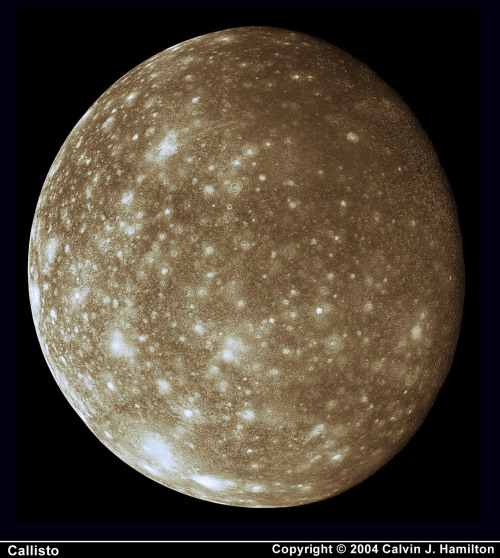
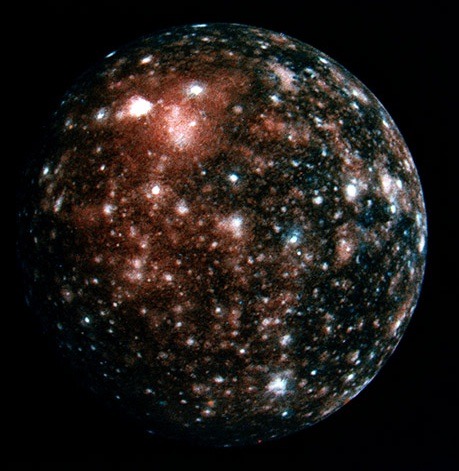

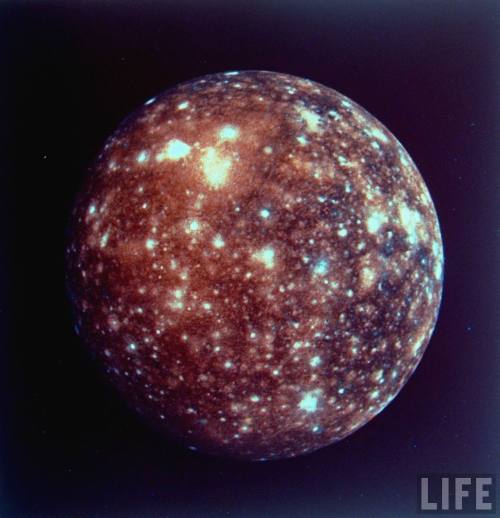
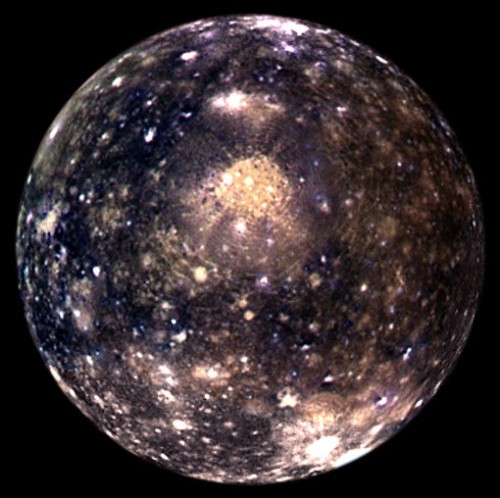

Jupiter’s moon, Callisto.
Are u really in space
Yes. Really. And now I am in space over New Orleans…and now I’m over Mobile, Alabama.
deep sea documentaries have me like









We used to look up at the sky and wonder at our place in the stars. Now we just look down, and worry about our place in the dirt.
Solar System: 2016 Preview
What do we have planned for 2016? A return to the king of planets. A survey of mysterious Ceres. More postcards from Pluto. Anyone who follows solar system exploration in 2016 is in for quite a ride. Last year was one for the record books – and now here are 10 things to look forward to in the new year. See also: what we have planned agency wide for 2016.
Juno Arrives at Jupiter

July 4, 2016 is arrival day for the Juno mission, the first sent expressly to study the largest planet in the solar system since our Galileo mission in the 1990s. Humans have been studying Jupiter for hundreds of years, yet many basic questions about the gas world remain: How did it form? What is its internal structure? Exactly how does it generate its vast magnetic field? What can it tell us about the formation of other planets inside and outside our solar system? Beginning in July, we’ll be a little closer to the answers.
OSIRIS-REx Takes Flight
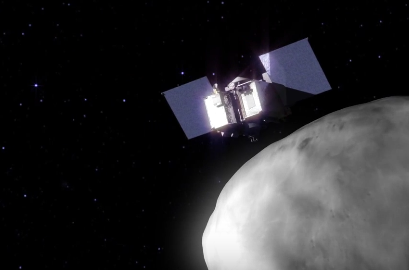
The OSIRIS-REx mission, short for Origins-Spectral Interpretation-Resource Identification-Security-Regolith Explorer, sets sail for an asteroid in September. The spacecraft will use a robotic arm to pluck samples from the asteroid Bennu to help better explain our solar system’s formation and even find clues to how life began.
Dawn Sees Ceres Up Close

After an odyssey of many years and millions of miles, in December the Dawn spacecraft entered its final, lowest mapping orbit around the dwarf planet Ceres. The intriguing world’s odd mountains, craters and salty deposits are ready for their close-ups. We can expect new images of the starkly beautiful surface for months.
Cassini Commences Its Grand Finale

In late 2016, the Cassini spacecraft will begin a daring set of orbits called the Grand Finale, which will be in some ways like a whole new mission. Beginning this year and extending into next, the spacecraft will repeatedly climb high above Saturn’s poles, flying just outside its narrow F ring 20 times. After a last targeted Titan flyby, the spacecraft will then dive between Saturn’s uppermost atmosphere and its innermost ring 22 times. As Cassini plunges past Saturn, the spacecraft will collect rich and valuable information far beyond the mission’s original plan.
New Horizons Sends More Postcards from Pluto

We have stared slack-jawed at the images and discoveries from last year’s Pluto flyby, but the fact is that most of the data that New Horizons collected remains on board the spacecraft. In 2016, we’ll see a steady release of new pictures — and very likely some expanded answers to longstanding questions.
Mars Missions March Forward
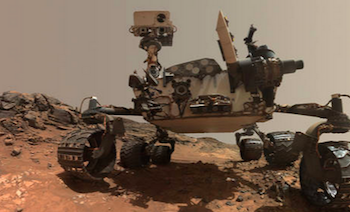
With five of our missions continuing their Martian quests, 2016 should be a good year for discoveries on the Red Planet.
Mars Odyssey
Mars Opportunity
Mars Reconnaissance Orbiter
Mars Curiosity
MAVEN
Mercury Transits the Sun

A transit is a very rare astronomical event in which a planet passes across the face of the sun. In May, Mercury will transit the sun, on of only thirteen Mercury transits each century on average.
LRO Keeps an Eagle Eye On the Moon

The Lunar Reconnaissance Orbiter (LRO) will extend its run in 2016, scanning the moon’s surface with its sharp-eyed instruments, investigating everything from lava tube skylights to changes at the Apollo landing sites.
Spacecraft Fly Under Many Flags

Our partner agencies around the world will be flying several new or continuing planetary missions to destinations across the solar system:
Akatsuki at Venus
ExoMars
Mars Express
Mars Orbiter Mission
Rosetta at Comet 67/P
Technology Demonstration Missions Push the Envelope
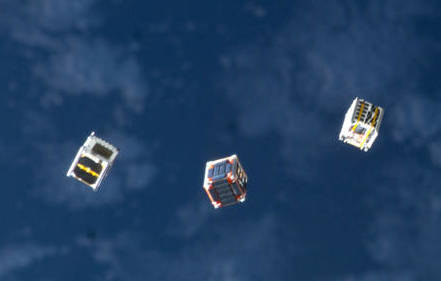
We’re always looking for new frontiers on distant worlds, as well as the technology that will take us there. This year, several missions are planned to take new ideas for a spin in space:
Deep Space Atomic Clock
NODES
LDSD
Make sure to follow us on Tumblr for your regular dose of space: http://nasa.tumblr.com


NASA Astronomy Picture of the Day 2016 January 27
An Airglow Fan from Lake to Sky
Why would the sky look like a giant fan? Airglow. The featured intermittent green glow appeared to rise from a lake through the arch of our Milky Way Galaxy, as captured last summer next to Bryce Canyon in Utah, USA. The unusual pattern was created by atmospheric gravity waves, ripples of alternating air pressure that can grow with height as the air thins, in this case about 90 kilometers up. Unlike auroras powered by collisions with energetic charged particles and seen at high latitudes, airglow is due to chemiluminescence, the production of light in a chemical reaction. More typically seen near the horizon, airglow keeps the night sky from ever being completely dark.


Send a space thing for questions
Planets: Life
Mercury: What’s your full name?
Venus: What’s your first language?
Earth: Where’s your home?
Mars: What’s your sexuality?
Jupiter: Do you have any siblings?
Saturn: Any pets?
Uranus: What’s your hobby?
Neptune: When’s your birthday?
Pluto: What time is it right now where you are?
Moon: What are you currently studying/hope to study?
Stars: Experiences
Sun: Have you ever had alcohol?
Sirius: Have you ever failed a class?
Rigel: Have you ever gone on a rollercoaster?
Deneb: Have you ever been out of your home country?
Arcturus: Have you cried out of something other than sadness?
Betelgeuse: What’s something you can never forget about?
Aldebaran: What’s something you care desperately about?
Canopus: Have you ever broken a bone?
Bellatrix: Have you ever been forced to lie/keep a secret?
Alphard: Have you ever lost a friend?
Vega: What’s something you’ve done that you wish you hadn’t?
Constellations: Favourites
Centaurus: Favourite holiday?
Orion: Favourite month?
Cassiopeia: Favourite book?
Delphinus: Favourite study?
Hercules: Favourite instrument?
Gemini: Favourite song?
Pegasus: Favourite place to be?
Libra: Favourite colour?
Phoenix: Favourite thing to wear?
Aries: Favourite movie?
Cygnus: Favourite weather?
Hydra: Favourite sound?
Galaxies: Love/Friends
Milky Way: Who’s your oldest friend?
Andromeda: Do you consider yourself social?
Black Eye Galaxy: Do you believe in love at first sight?
Cartwheel Galaxy: When was your first kiss?
Cigar Galaxy: How’s your flirting skills?
Comet Galaxy: Have you ever had to leave a relationship because someone changed too much?
Pinwheel Galaxy: Would you date the last person you talked to?
Sombrero Galaxy: Do you have a crush right now?
Bode’s Galaxy: Have you ever had a secret admirer?
Sunflower Galaxy: Would you date/make friends with someone out of pity?
Tadpole Galaxy: Would you deny a relationship/friendship?
Whirlpool Galaxy: Have you ever cried over a breakup?
Other stuff: Wishes
Comet: What’s your big dream?
Asteroid: What does your dream life look like?
Meteor: What’s something you wish you could tell, but can’t?
Nebula: If you could undo one thing in your life, what would it be?
Shooting Star: If you could bring back one thing, what would it be?
Pulsar: What do you hope to do in the next 10 years?
Supernova: What’s one thing you want to do before you die?
Quasar: If you could spend the rest of your life with only one person, who would it be?
Wormhole: What’s something you wish would happen, but know won’t?
Black Hole: What’s the last thing you want to see?
-
 subtoymore liked this · 1 year ago
subtoymore liked this · 1 year ago -
 heraldchaos liked this · 4 years ago
heraldchaos liked this · 4 years ago -
 viscochit0 liked this · 4 years ago
viscochit0 liked this · 4 years ago -
 sietesoles liked this · 4 years ago
sietesoles liked this · 4 years ago -
 rhodeytonies liked this · 4 years ago
rhodeytonies liked this · 4 years ago -
 theartfulbandit liked this · 5 years ago
theartfulbandit liked this · 5 years ago -
 wickedrose10 liked this · 6 years ago
wickedrose10 liked this · 6 years ago -
 beartrice-inn-unnir reblogged this · 6 years ago
beartrice-inn-unnir reblogged this · 6 years ago -
 shambalasims liked this · 6 years ago
shambalasims liked this · 6 years ago -
 at-the-centre-of-it-all reblogged this · 6 years ago
at-the-centre-of-it-all reblogged this · 6 years ago -
 artist-and-scientist reblogged this · 6 years ago
artist-and-scientist reblogged this · 6 years ago -
 silverwolf02001 liked this · 6 years ago
silverwolf02001 liked this · 6 years ago -
 imthedoctorbasicallyfun liked this · 7 years ago
imthedoctorbasicallyfun liked this · 7 years ago -
 cantouchthisgirl-blog liked this · 7 years ago
cantouchthisgirl-blog liked this · 7 years ago -
 catsmammyhk-blog liked this · 7 years ago
catsmammyhk-blog liked this · 7 years ago -
 cloudcolouredthoughts liked this · 7 years ago
cloudcolouredthoughts liked this · 7 years ago -
 child-lost-in-space liked this · 7 years ago
child-lost-in-space liked this · 7 years ago -
 z3d-zd liked this · 7 years ago
z3d-zd liked this · 7 years ago -
 thisiskaylin reblogged this · 7 years ago
thisiskaylin reblogged this · 7 years ago -
 thisiskaylin liked this · 7 years ago
thisiskaylin liked this · 7 years ago -
 doortothelibrary-blog reblogged this · 7 years ago
doortothelibrary-blog reblogged this · 7 years ago -
 ebtrips liked this · 7 years ago
ebtrips liked this · 7 years ago -
 iosdev321 reblogged this · 7 years ago
iosdev321 reblogged this · 7 years ago -
 cvntfession-blog reblogged this · 7 years ago
cvntfession-blog reblogged this · 7 years ago -
 babygirlb1998-blog reblogged this · 7 years ago
babygirlb1998-blog reblogged this · 7 years ago -
 0nlyg0odvibe420 reblogged this · 7 years ago
0nlyg0odvibe420 reblogged this · 7 years ago -
 bethofknees reblogged this · 7 years ago
bethofknees reblogged this · 7 years ago -
 junkiefrom3426-blog reblogged this · 7 years ago
junkiefrom3426-blog reblogged this · 7 years ago -
 aspacegeek-blog liked this · 7 years ago
aspacegeek-blog liked this · 7 years ago -
 massagedirectory reblogged this · 7 years ago
massagedirectory reblogged this · 7 years ago -
 babybabycacti-blog reblogged this · 7 years ago
babybabycacti-blog reblogged this · 7 years ago -
 litgang69-blog reblogged this · 7 years ago
litgang69-blog reblogged this · 7 years ago -
 vendetta-baby-revofev-blog reblogged this · 7 years ago
vendetta-baby-revofev-blog reblogged this · 7 years ago
"Astronomy compels the soul to look upwards and leads us from this world to another." - Plato
147 posts